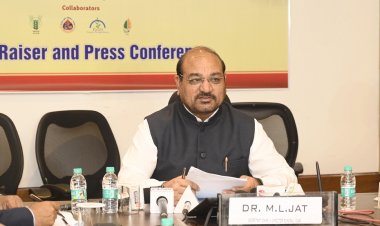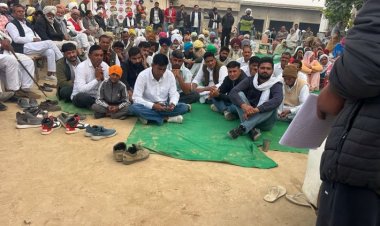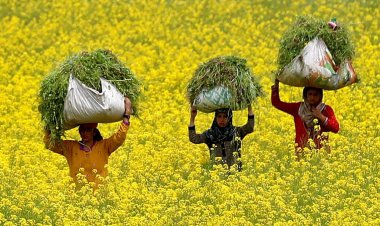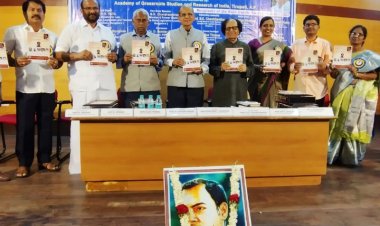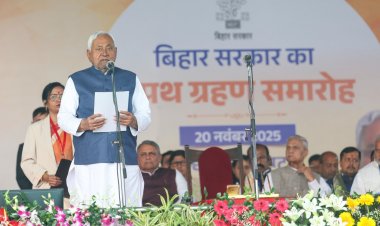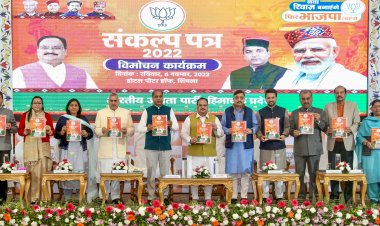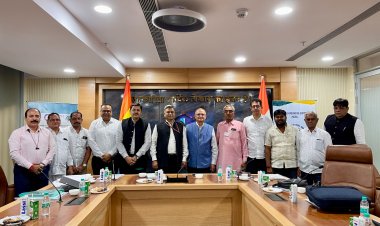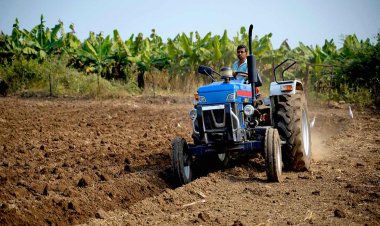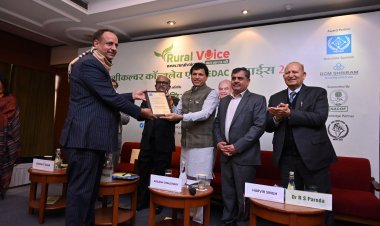Monsoon rainfall below normal in six North-Western states, including Punjab and Haryana
As the monsoon season progresses, rainfall across India shows a mixed picture. Despite a 3 percent increase in overall rainfall since June, many regions, including North-Western and eastern states, face significant shortfalls, affecting agriculture. While central and southern India see excess rain
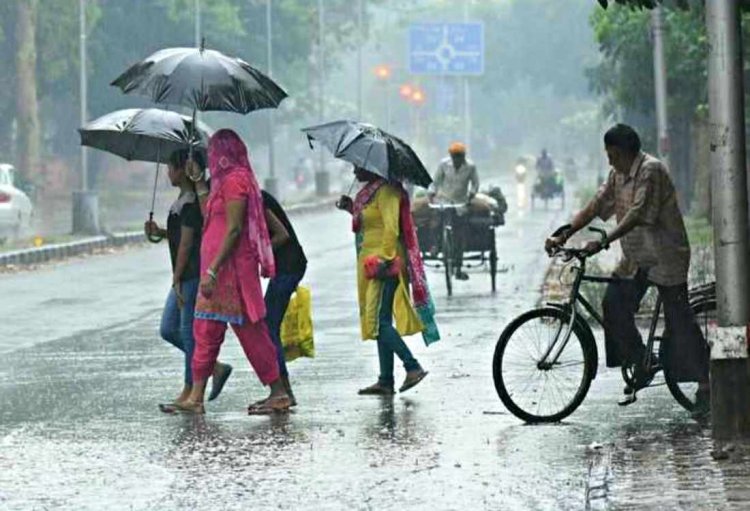
As the monsoon season progresses, more than half of the expected rainfall period has elapsed, revealing a mixed picture across the country. Despite receiving 3 percent more rainfall than normal from June 1 to August 23, several regions are experiencing significant shortfalls that are impacting agriculture.
The eastern and northeastern parts of India are also struggling with below-average rainfall. Arunachal Pradesh has received 19 percent less, while Manipur, Nagaland, and Tripura have recorded 13 percent less. Gangetic West Bengal is facing a 20 percent deficit, Jharkhand 12 percent, Bihar 23 percent and Assam percent.
In contrast, central and southern India have seen more favorable conditions. Central India has received 8 percent more rainfall than normal, and southern India has experienced a substantial 20 percent increase.
Farmers across the country, particularly in the affected regions, are grappling with the challenges posed by inadequate rain. Many areas are still reliant on monsoon rains for irrigation, and the lack of rainfall could strain crop production and increase costs.
The monsoon began promisingly, with robust rainfall in central and southern India, but its progress has slowed as it moved towards the North and Northeast, affecting overall distribution.
The Indian Meteorological Department (IMD) has forecasted above-normal rainfall for August and September. The potential onset of La Niña conditions by the end of August could further boost monsoon rains. However, concerns remain as below-normal rainfall is expected in the western Himalayan region and parts of the Northeast during the latter part of the monsoon season.



 Join the RuralVoice whatsapp group
Join the RuralVoice whatsapp group

















